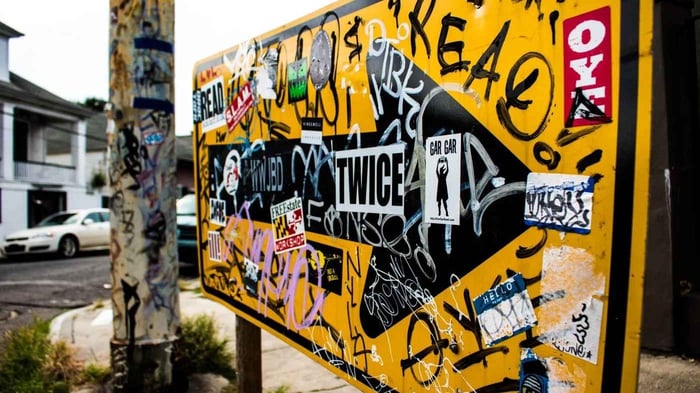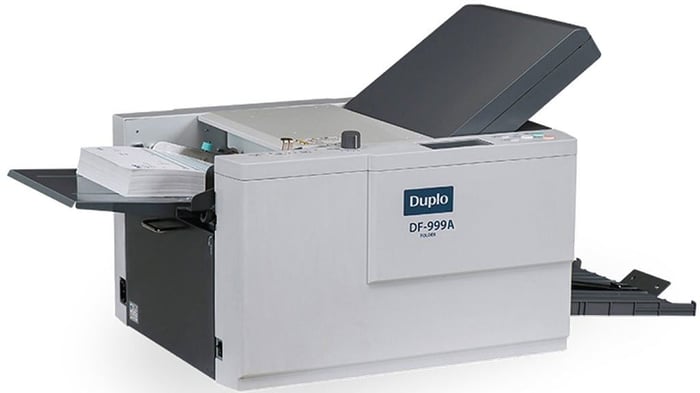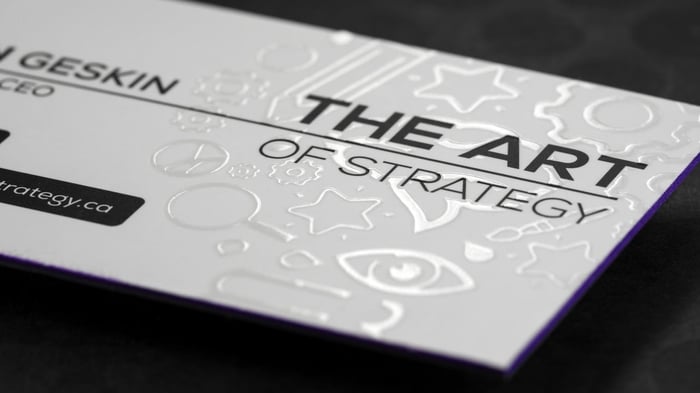There is a sticker for everything, so you may be wondering how to protect your sticker ideas, so that your stickers will be unique and help set you apart from the competition. This article will let you know just how to do this.

In the kaleidoscopic world of creative expression, custom stickers hold a distinct place. They are more than just adhesive pieces of paper or vinyl; they are tiny canvases that encapsulate ideas, emotions, beliefs, and identities. From bumper stickers sharing personal ideologies to water bottle stickers proclaiming allegiance to a brand or cause, these small decals carry significant weight. Whether waterproof or made from simple sticker papers, the appeal of these vibrant labels is undeniable and widespread, transforming everyday items into unique personal statements.
Creating your custom sticker is not just about selecting an image and hitting the 'print' button. It involves a meticulous process of conceptualizing original designs, choosing quality materials like self-adhesive laminate sheets for durability, and using the right inks for vivid and long-lasting prints.
As an artist or a small business, it's vital to protect your unique sticker designs. Knowing how to navigate trademark and copyright registration processes, understanding how to mitigate legal action, and implementing strategies to maintain your stickers' quality and durability over time are important in this creative journey.
Throughout this article, we'll take a comprehensive look at these aspects of the sticker creation and how to protect your design. You will learn how to transform your designs into high-quality decals, discover the importance of laminating, and delve into the realm of trademark and copyright.
Furthermore, we'll discuss maintaining sticker quality, how to successfully market and sell your stickers, and more. This article is for anyone who wants to take their sticker game to the next level, all the while ensuring their creative ideas are well-protected.
Sticker Creation Process

The journey of creating an impactful sticker begins with selecting the right materials. In essence, a sticker is an adhesive label that can stick to various surfaces, from the back of your laptop to water bottles and car bumpers. The quality of your materials significantly impacts the longevity and overall aesthetic appeal of your stickers.
Vinyl is an excellent choice for its durability and water resistance, making it perfect for creating waterproof stickers that can survive the rigors of everyday use. The adessive quality of vinyl also makes it one of the best materials to use. You don't want your stickers to fall off as easily as scotch tape when tested against the wear and tare of life.
Consider using laminate sheets as a protective layer over your stickers. These sheets add a professional touch to your stickers and offer an extra barrier against scratches and wear. It's like giving your stickers a shield, fortifying them against the elements. You might need two sticker sheets: one for the actual design and another for laminating. It’s worth investing in a quality laminating machine to ensure your stickers are well-protected and their colors remain vibrant for an extended period.
Designing your stickers is where the magic happens. This process allows your creativity to flourish and your unique ideas to take shape. The critical factor to remember here is originality.
It's tempting to draw inspiration from other brands or trending designs, but the uniqueness of your sticker design is what will set it apart. Whether it's your business logo, a witty one-liner, or a beautiful piece of artwork, make sure it reflects your brand, personality, or message authentically.
This originality will not only make your stickers stand out but also helps in protecting your designs from being copied. You will also want to decide whether you want your stickers to be made into a sticker sheet or die-cut sticker.
Lastly, the printing process brings your designs to life. As with the other steps, quality plays a crucial role here. Consider using UV inks for your prints. This inks are cured by exposure to UV light, making the print more robust and resistant to fading. They ensure your stickers maintain their vibrant colors even when exposed to sunlight for extended periods. It's also worth noting that using this kind of ink could provide an extra layer of authenticity to your designs, helping protect your stickers from counterfeit reproductions.
Overall, creating stickers is a delicate balance between quality, originality, and creativity. It's about taking an idea and transforming it into a tangible piece of art that resonates with people while also standing up to the rigors of everyday use.
The Role of Laminating

In the world of stickers, the art of laminating holds a crucial role as it significantly enhances the lifespan and appeal of stickers. Lamination, simply put, is a process wherein stickers are encapsulated between two sheets of protective layering.
This protective covering can be a plastic layer or a unique laminate material, depending on your preferences and needs. It heightens the vibrancy of your sticker design and creates a strong shield against external damage, particularly crucial for items such as water bottles where the stickers might be exposed to moisture.
Lamination makes is so that your sticker is scratch resistant, and it adds a seal to keep water away from the ink. This will help save your design when it is exposed to weather, or other abrasive elements that might destroy the integrity of your sticker design. This will make it so that your customers can decorate their personal effects and sport your sticker wherever they go without worry that it will look cheap.
The critical tool in the lamination process is the laminating machine. This device applies heat and pressure to the laminate material, adhering it firmly to the sticker, ensuring uniformity and longevity of your stickers. When selecting a laminating machine, it is essential to consider the quality. An effective machine will provide uniform heat and pressure, which is fundamental to achieving evenly laminated stickers.
Alongside this, selecting the appropriate laminating sheets also plays a significant role. These sheets vary in type, with self-adhesive laminate sheets and thermal laminating sheets being popular choices. The former are easy to use and do not require heat, making them a feasible option for small businesses or hobbyists, whereas thermal sheets provide superior durability and are often the choice for professional applications.
Lastly, while lamination helps physically protect your stickers, it can also safeguard your designs. The lamination process makes it difficult for others to copy your designs, thereby creating a secure layer for your stickers.
The material of your sticker, often vinyl, forms the base while the laminate determines the finish. The choice between a glossy or matte finish can be determined based on the design, target audience, and placement of your stickers. In essence, lamination not only gives your stickers a professional look and increased durability but also adds an extra layer of security to your designs, making them unique to you.
Trademark and Copyright Protection
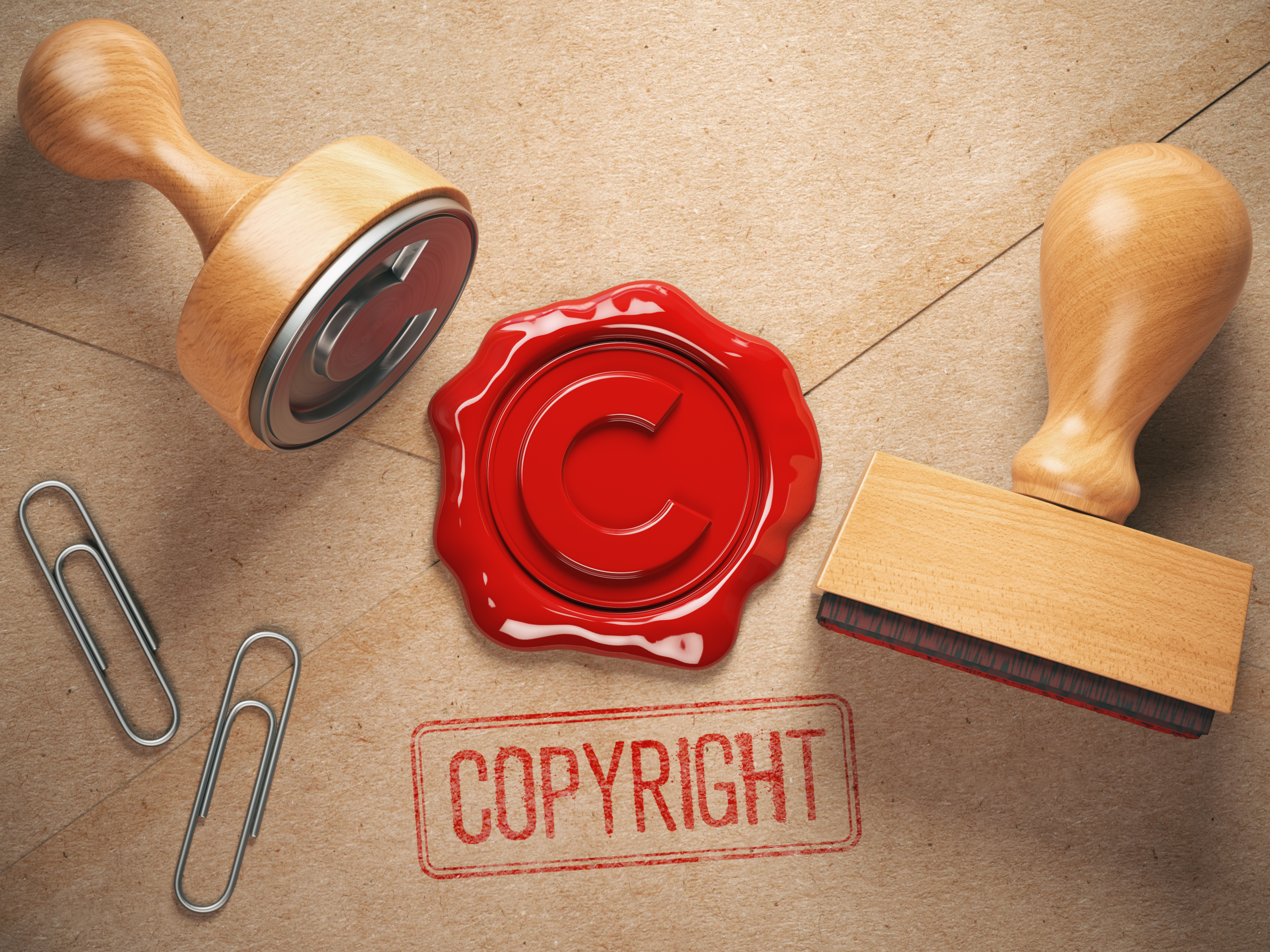
In the universe of creative enterprises, originality is paramount, and this is no less true in the domain of stickers. Therefore, an essential part of the sticker creation process involves safeguarding your designs through trademark and copyright. Copyright helps protect your unique sticker design, which is considered as original material. It prevents others from reproducing or selling your designs without permission.
Similarly, trademark registration protects your business's name, logo, and any distinct branding aspects associated with your stickers. These help protect your stickers' identity, giving you exclusive rights over them and preventing others from exploiting your hard work.
Registering your copyright may seem like a tedious process, but it is reasonably straightforward with the right resources. The U.S. Copyright Office is the first place to go for copyright registration, where you can register your artwork to obtain copyright protection. It is worth noting that copyright applies automatically when you create an original work, but registering your copyright gives you a public record of your ownership, making it easier to take legal action if necessary.
On the other hand, the U.S. Patent and Trademark Office handles trademark registration. This process might involve a bit more intricacy, as it requires ensuring that your logo or brand doesn't conflict with existing trademarks. Therefore, it is advisable to conduct a thorough search before attempting to register your mark.
The implications of not securing your work with trademark or copyright can be severe. Not only can your unique ideas be stolen and used without your consent, but you may also miss out on potential statutory damages in legal disputes. Statutory damages refer to the compensation you could receive if someone infringes on your copyright or trademark protection.
Without formal registration, you may find it challenging to claim these damages in court. So, while the registration process requires effort and, sometimes, small amounts of investment, the peace of mind it offers in the long run are invaluable. Protecting your creations upholds the sanctity of your designs and ensures the longevity of your business.
Maintaining Sticker Quality
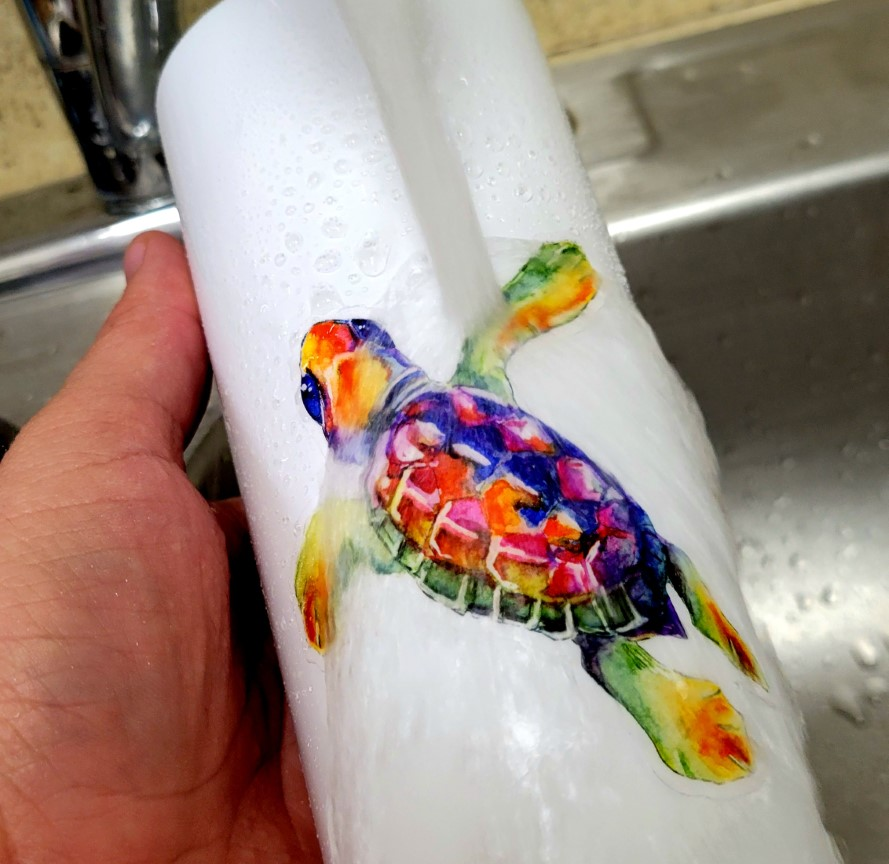
Creating a great sticker doesn't end with the design process; it's also about ensuring that your stickers maintain their quality over time. This endeavor begins with the choice of adhesive. High-quality adhesives can keep your decal in place, no matter the surface it is stuck to, whether it's a water bottle or a plastic sign.
Vinyl stickers, for instance, are renowned for their ability to withstand various conditions due to their strong adhesive backing and durability. They can persist for a long time without peeling off or losing their vibrancy, providing lasting enjoyment for the users.
However, external factors such as moisture and temperature can still affect your stickers' longevity. Thus, making your stickers water-resistant is crucial, especially if they're intended for use on items like water bottles, which often encounter liquids.
Water-resistant stickers use materials that prevent water from seeping into the print and ruining the design. In some instances, you might want to take it a step further and make sure they are dishwasher safe. A protective layer or sealant, such as Mod Podge, can provide this additional layer of security, making it easy to wash the sticker without worrying about it getting damaged.
Proper ventilation is another aspect often overlooked in maintaining product quality. During the printing process, especially when using vinyl material, it's important to ensure adequate ventilation to prevent the buildup of harmful fumes. It's a simple step that goes a long way in maintaining the quality and safety of your products. Remember, a safe working environment is key in the quality of your product.
It is essential to always think about the longevity of your product. After all, a business thrives when its customers are satisfied, and part of that satisfaction comes from providing a product that endures. Taking the time to consider factors like water resistance the use of sealants, and even ventilation when creating your stickers can significantly improve their quality over time.
Whether you're hoping to sell your them or simply create them for fun, keeping these ideas in mind will ensure that your stickers continue to look great long after they've been printed and used.
Marketing and Selling Stickers

Entering the sticker market requires a distinct identity to set your product apart from others. A unique design communicates what you stand for, reflects your values, and separates you from similar ideas on the market.
This branding process often begins with the design. Create original, striking designs that are cohesive with your brand image. Don't hesitate to let your personality shine through your artwork. Ensure that your designs are protected with proper registrations at the copyright office, thereby reinforcing your brand's exclusivity and authenticity.
Once you have a unique sticker product, your marketing strategy needs to be equally distinctive. Social media platforms provide excellent avenues for showcasing your stickers and reaching potential customers. Utilize visually driven platforms such as Instagram to post appealing photos and videos of your product in action. You will want to post on a semi-consistent schedule to keep viewers engaged with your content. But beware of posting too often as that will also drive customers away.
Remember to highlight their key features when you are marketing on social media or other platforms. Include information such as their water-resistant quality or easy peel backing, that make your stickers superior. In addition to online platforms, local fairs and markets can also offer opportunities for you to connect with your local community, sell your stickers, and gather feedback.
When it comes to selling stickers for small businesses, packaging can play a crucial role. Packaging can enhance the customer experience, making it more exciting to receive and open your product. It's not just about protecting your product during shipping but also about communicating your brand's aesthetic and values. Consider using packing materials that aligns with your brand's identity and ethos. If you're eco-conscious, for instance, using recyclable or biodegradable packing materials would reinforce this message to your customers.
The last thing to remember when marketing and selling your stickers is the importance of customer relationships. Engage with your customers and followers, respond to their queries, and consider their feedback for future your future designs. Offering excellent customer service not only builds trust with your current customers but also attracts new ones.
Growing a successful business in this market is more than just creating and selling a great product; it's also about cultivating and maintaining great relationships with your customers. Remember, the success of your business rests on the distinctive identity you build and the connections you nurture along the way.
Conclusion

In this comprehensive guide, we have explored various aspects of the sticker business, beginning with the creative process of transforming an idea into a tangible product. Emphasizing the selection of quality materials, we discussed the use of laminate sheets and water-resistant vinyl to ensure the durability and longevity of stickers. The value of originality in your designs and the importance of high-quality printing processes were highlighted. We explored the role of laminating in enhancing the sticker's resilience, extending its lifespan, and improving its overall aesthetic appeal.
Further, we delved into the crucial sphere of legally protecting for your stickers, emphasizing the importance of registering your creative work with the copyright office and applying for trademark protection to guard your brand. We then navigated through the art of maintaining sticker quality and making stickers water proof, revealing how specific products could aid in this process. The guide also provided valuable insights into the marketing and selling aspects of the sticker business, underscoring the significance of creating a unique brand identity and effective marketing strategies.
In closing here are a few things to remember: protecting your sticker ideas and maintaining their quality goes hand-in-hand with ensuring a successful venture in the sticker business. It's not just about coming up with innovative designs but also preserving their originality and ensuring they endure wear and tear. We hope this guide has provided you with a comprehensive overview of the sticker business and armed you with the knowledge needed to embark on your creative journey. Always remember, each sticker you create and sell is a reflection of your unique brand and creative vision, so let it shine brightly in the marketplace.


